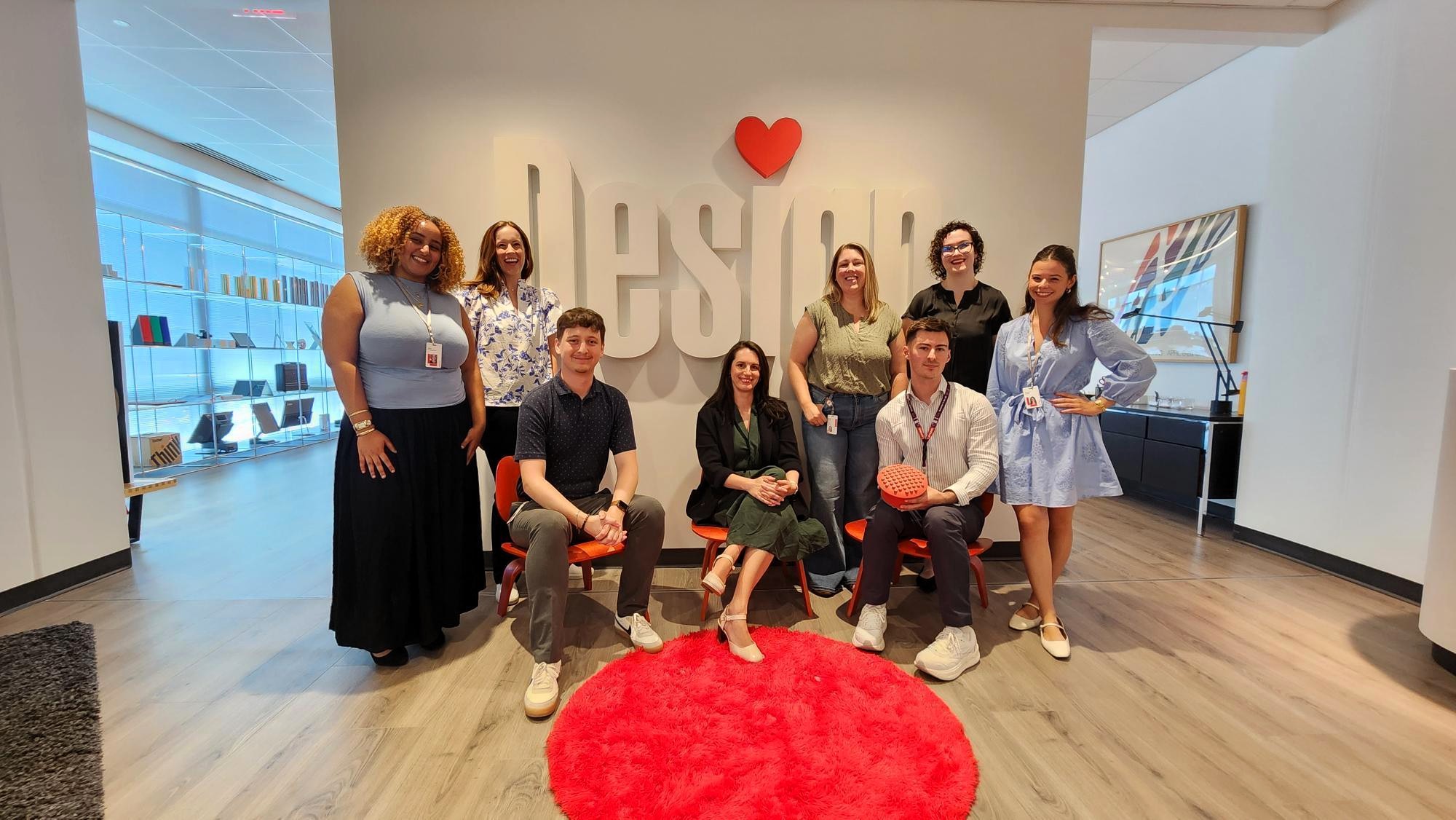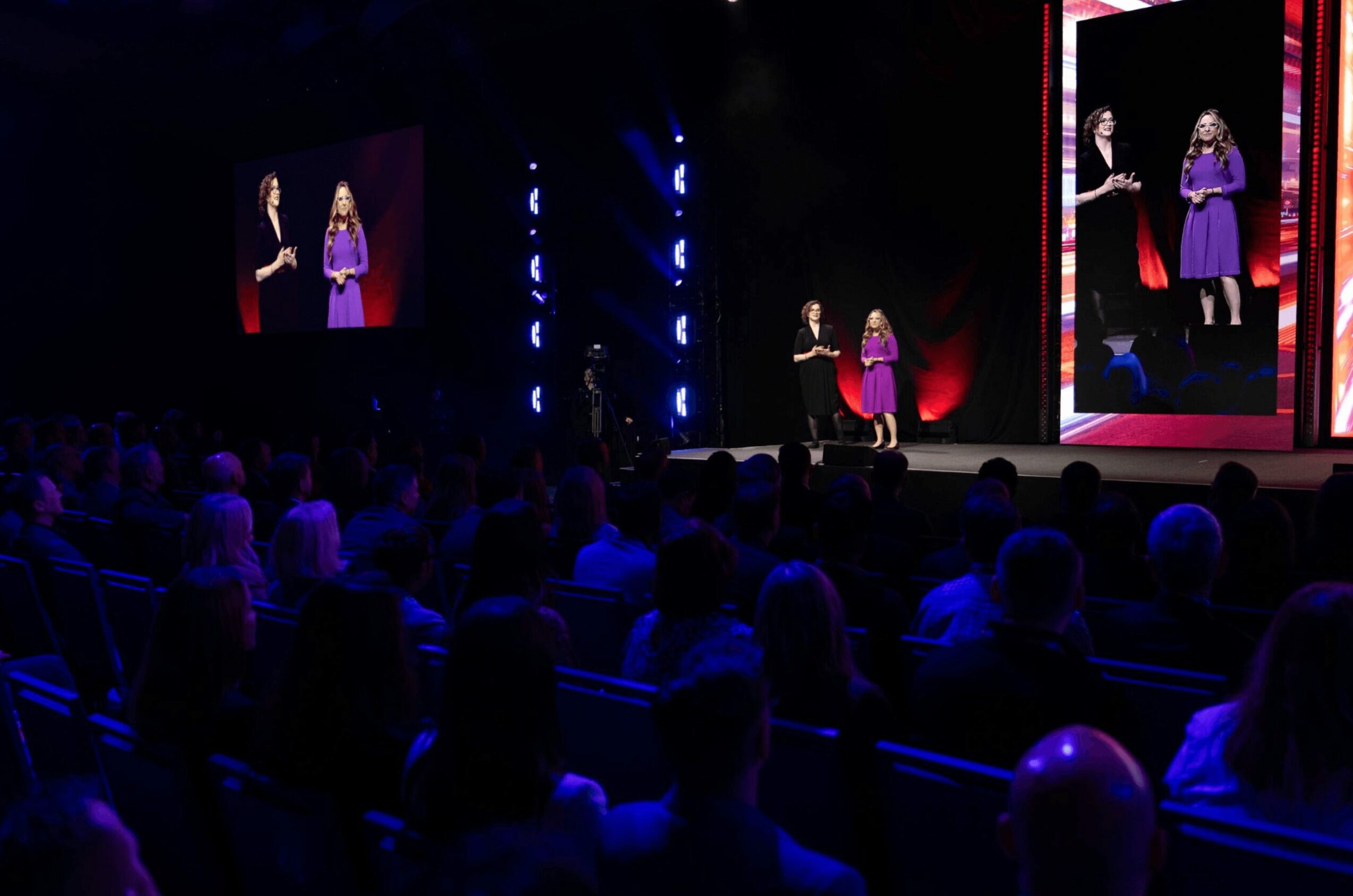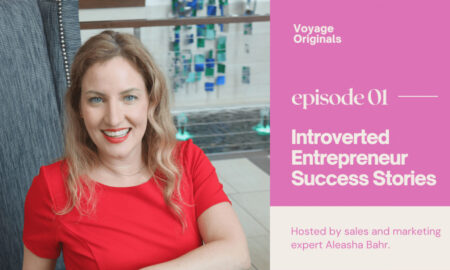

We recently had the chance to connect with Angela Martin and have shared our conversation below.
Angela, really appreciate you sharing your stories and insights with us. The world would have so much more understanding and empathy if we all were a bit more open about our stories and how they have helped shaped our journey and worldview. Let’s jump in with a fun one: Have you ever been glad you didn’t act fast?
Definitely. I graduated right into the pandemic in 2020 — not exactly the most stable time to launch a career. I was scared, and grad school seemed like the “safe” choice; but grad school isn’t something you should do just out of fear. So instead of jumping in, I slowed down. I talked with mentors, took time to reflect, and realized waiting might open up a better path.
That pause gave me the chance to land at Lenovo, where I now get to design technology that makes life easier and more inclusive. If I had rushed into grad school, I would’ve missed what’s become my dream job. Sometimes waiting — and listening — really does pay off.
Can you briefly introduce yourself and share what makes you or your brand unique?
Hi! I’m Angela Martin — Advisory User Experience (UX) Designer at Lenovo and proud accessibility advocate. I spend my days designing tech that reaches millions of people and ensuring it works for all of them, not just some. I also chair ABLE, A Better Lenovo for Everyone, Lenovo’s disability advocacy ERG, which means I get to connect with brilliant colleagues, partner with local communities, and bring accessibility into the heart of how we work.
Outside of Lenovo, I recently finished writing my first book, This Is Not a Dream, drawing on my years as a mentor to help students build sustainable creative careers. It was such a joy taking the last year to write this completely free resource for students, early career professionals, or people pivoting into a new chapter. It gave me a new appreciation for the journey I am on and re-focused my desire to pave the way for others.
In that same vein, I also co-founded Design Storming, a consultancy I run with my husband, a UX professor at William Peace University in Raleigh, where we help students explore the future of UX through education.
What makes my work unique is how it blends creativity and impact: I aim to design technology that doesn’t just function, but truly welcomes everyone. It’s not just about designing screens — it’s about designing digital belonging.
Okay, so here’s a deep one: What part of you has served its purpose and must now be released?
Perfectionism. For a long time, I thought anything worth doing meant getting everything right the first time — no room for first drafts. That mindset paralyzed me.
Being part of the disability community taught me something much more valuable: progress over perfection. A product that improves inclusion today is far better than a “perfect” product that never ships. Letting go of perfectionism has opened the door to iteration, collaboration, and real-world impact.
What’s something you changed your mind about after failing hard?
When I first graduated, I was told the only way to grow was to job-hop — that promotions and opportunities only came if you left. I tried that mindset, and it didn’t work. It narrows your focus solely to how you are perceived and leaves little room for nurturing the seeds you’re planting where you are.
I realized that’s absurd: you don’t just apply to your dream career, you build it. You shape it by taking risks, creating opportunities, and sticking around long enough to grow roots. That shift taught me that success is less about chasing the next title and more about actively creating the life, work, and impact you want.
Sure, so let’s go deeper into your values and how you think. What truths are so foundational in your life that you rarely articulate them?
That everyone is creative. Seriously — everyone. Art is a skill you can learn; you wouldn’t sit down at a piano for the first time and expect to play a classic. Creativity is a muscle you can learn to flex. And design thinking is structured creative problem-solving. UX is where those meet: empathy, imagination, and logic working together to shape how people experience technology.
Another truth? Accessibility helps all of us. Ramps help parents with strollers. Captions help when you’re watching Netflix (on or off mute). Designing with disability in mind unlocks better design for everyone. It feels so obvious — but it’s the backbone of how I work.
Before we go, we’d love to hear your thoughts on some longer-run, legacy type questions. Are you doing what you were born to do—or what you were told to do?
I grew up surrounded by family and friends with disabilities, so I was aware of injustice very early. I wanted to change the world — one better-designed thing at a time. I was the notebook doodler and loved daydreaming innovations. At the same time, I wanted to pick something safe and practical. For a while, I thought I had to choose between stability and passion.
Then I found UX, user experience design— this perfect blend of creativity and problem-solving, heart and strategy. We design digital journeys and ensure that everyone knows if they need to push or pull virtual doors in front of them. It’s practical, yes, but also deeply human. It lets me honor the community I come from, design for inclusion, and build a career that feels like it was made for me. So yes, I’m doing what I was born to do — though it took me a while to realize it could be so straightforward.
Contact Info:
- Website: https://angelamartin.design/
- Linkedin: https://www.linkedin.com/in/angelamartin98/
- Other: Medium: https://medium.com/@angelalmartin98
Start or grow your creative career journey with my free book: https://daydreamtodayjob.wordpress.com/






Image Credits
Jose Tapia: Lenovo, Kathleen Lucey: Focus on the Happy Things












